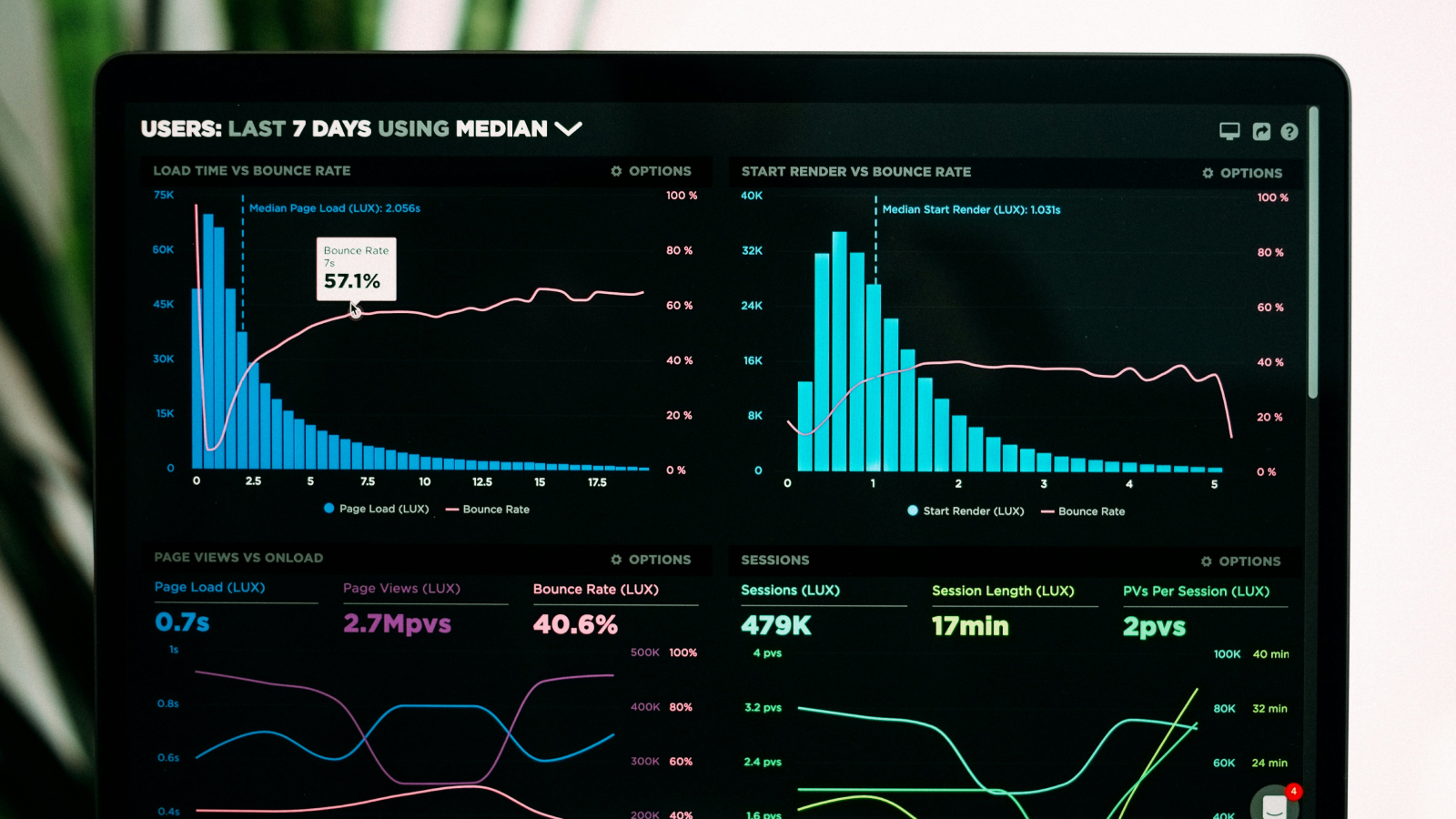
What is FinOps?

Over the past few years, the concept of FinOps has become a hot topic. FinOps is an abbreviation for Finance Development Operations, and the FinOps Foundation's definition is quoted as follows.
FinOps is an operational framework and cultural practice which maximizes the business value of cloud computing, enables timely data-driven decision making, and creates financial accountability through collaboration between engineering, finance, and business teams. I think it can be understood as a framework for maximizing the business value of cloud resources — including AWS, Azure, and GCP — across departments.
Background of FinOps
One of the reasons why FinOps is gaining attention is the complexity of cloud resource management.
Over the past decade or so, cloud resources and their pay-as-you-go billing have become commonplace. Since the price goes up or down depending on the amount used, one might imagine that the price is automatically optimized, but determining and optimizing such costs has gradually emerged as a skillset that, when applied, can present significant savings.
Until now, the conventional thinking has been that cost management is purely the responsibility of the finance department. However, there are a large number of cloud resource services, each of which has a complex pricing structure. This has led to the widespread belief that the finance department alone cannot determine the appropriate costs, and that a cooperative framework with the engineering and sales departments is needed to address this issue.
The result is FinOps.
The FinOps Foundation has more than 5,000 members, mostly large companies, and its network extends around the world. In addition, according to a research report 2023 State of CloudOps report by Spot, a U.S. cloud consulting firm:
- 96% of reps consider FinOps important in their cloud strategy, but only 9% are implementing it.
- 92% of reps struggle to reduce or forecast cloud costs.
This indicates that the issue is becoming more apparent and an increasing number of companies are trying to address it.
Six Fundamental Principles in FinOps
Six basic principles in FinOps have been defined by the FinOps Foundation:
Collaboration
FinOps should use cost as a measure of efficiency for all teams and foster collaboration among finance, IT, and engineering teams.
Visibility
Visibility is an essential element in realizing the benefits of FinOps. It is important to keep all stakeholders informed about usage and expenses, and to tie cloud costs to business KPIs, creating a situation where internal benchmarks can always be checked.
Accountability
Visibility and understanding of cloud costs and utilization will hold each team member accountable for cloud management.
Reporting
Efficient reporting tools are required to promote FinOps. As much real-time situational awareness as possible will lead to quicker decision making.
Centralization
Cloud resources have providers, and by centralizing management, volume discounts and other discounts can be efficiently obtained. Utilizing these discounts is one of the roles of FinOps.
Optimization
Emphasis is on operating in an agile manner, viewing the cloud pay-as-you-go model as an opportunity to deliver value. Continuous adjustments to the cloud system design must be made to accommodate the fluctuating business environment.
Three Phases for FinOps Promotion
Three phases have been defined for FinOps. It is important to continuously rotate this cycle in order to achieve optimal cloud cost management.
Information sharing and visualization
Data on cloud costs, usage, and efficiency is shared with stakeholders. Using this data for allocation, analysis, and reporting will lead the team to budgeting, forecasting trends, building KPIs for benchmarking, and developing metrics that reveal the business value of the organization's cloud spending.
Optimization
Optimization is examined based on the shared cloud resource data to determine if any resources are being wasted, or if resources are being used that are too large or too small for the business growth. This phase also includes discussions among the team to optimize the visualization, reporting, and management processes of the previous phase.
Continuation
This is the phase in which a series of flows are put into ongoing operation. Cloud resources are constantly changing as business changes. A single review will not be able to respond to these changes and will result in ad hoc responses. It is extremely important to automate as much as possible to keep operations running continuously while reducing a series of workloads. The concept of FinOps is to execute these three phases across departments.
FinOps: Where to Start
We have introduced the basic principles and phases of FinOps, and we hope that you now have an outline of what FinOps is all about.
So, where do we start?
We believe that the first step would be for the finance department, which has the organization’s cost data, to disclose the information to the development department. If we do not create awareness of the challenges of cloud cost management, it will end up being a one-time review, not an operational one. As a first step, our company has started AWS cost reports. When we actually asked them to look at the cost reports, we got a lot of ideas such as, “What was this resource being used for? What was the cost-effectiveness of keeping this environment?” Although this initiative has only just begun, we feel that we have a good response in that we are able to involve the development division in this effort. For more information on specific initiatives, please see this cite.
Related Articles

